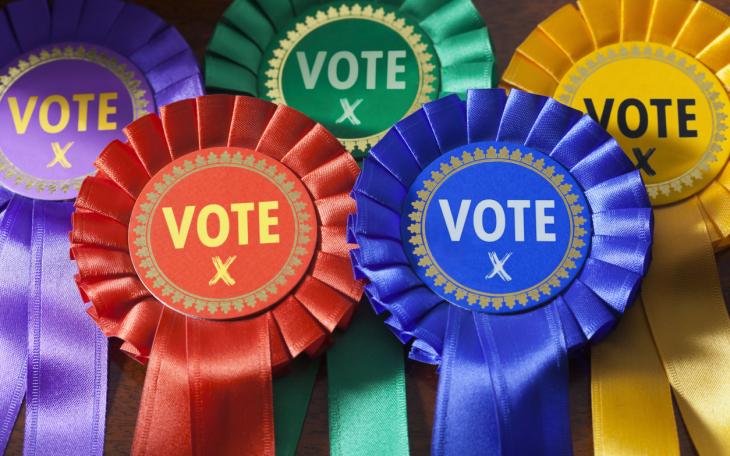The Sunak reign may be in its final days, but there is no easy coronation for Starmer yet

As the country went coronation-‘crazy’ at the weekend, it was a chance to digest and analyse the local election results from Thursday.
The results for the Conservatives were on any measure, a disaster. Internal CCHQ predictions of 500 losses were dwarfed by the actual figure of 1,061 councillors losing their seats.
Pollsters who predicted 700 or even 800 seats to be lost still underestimated the scale of this election defeat. To enter polling day defending 82 councils and come out of it having lost 49 of those councils represents a seismic shift in town halls across the land. Add to this the headline that the Conservatives have lost their position as the dominant party in local government for the first time in 21 years, and scores of established Conservative local government leaders were evicted from their town hall positions – individuals like Lord Gary Porter in South Holland and Paul Bettison in Bracknell Forest have been leading figures in the world of local councils, but they are now out.
While Rishi took a break from election interviews to deliver a reading in Westminster Abbey, the thrones, dominions and principalities of the Epistle to the Colossians were a stark reminder that his power-base had receded and his local elected activist congregation was now quite a few pews smaller than it had been.
Ready? Here come the numbers.
The 2019 local elections that effectively triggered the end for Theresa May as Prime Minister saw the Conservatives lose 1,330 seats, so some suggested they should expect to win seats back this year but instead they finished up with 46% of the councillors that they started on Thursday 5th May 2019. However, it was not all bad, the Conservatives made gains in geographically diverse locations that Labour needs to win such as Dudley, Harlow and Bassetlaw. They even unseated the Liberal Democrat Mayor of Bedford, but this was limited consolation when compared to the defeats.
Politics in recent years has been more volatile than usual, so the closest comparison we can study is the 1995 local elections. Conservatives were in government for 16 years (compared to 13 now); ongoing Conservative infighting over Europe; a replacement Prime Minister installed by MPs; Labour on their third attempt at an opposition leader; rising interest rates; a special bank holiday celebration after polling day (in 1995 it was the 50th anniversary of VE Day); preparations underway for a Eurovision Song Contest in the British Isles (on the other side of the Irish Sea in ’95) and following their headline role at the Coronation Concert, guess who was at number one on this week 28 years ago…..yes, Take That!
So surely, we should not expect the election results to mirror 1995. The Conservatives lost 1,956 seats then, but they were starting with twice as many, so the outcome is almost the same – holding onto 2,028 in 1995 and 2,296 in 2023, in the process losing control of 52 councils in ’95 and 49 councils in ’23. Even on vote share, the Conservatives slumped to 25% in ’95, and managed to get 26% last week. It is almost as if we have slipped through a time portal and nothing has changed, but is this the same for all of the other parties?
In 1995, the Liberal Democrats polled 23% gaining 483 seats, but last week only managed 20%, picking up an extra 407 seats. However, due to their low starting point, their overall performance is trailing their previous one by 1,000 seats.
Meanwhile, the Greens had an excellent election night, doubling their councillors to 481 and mopping up a lot of the anti-Conservative sentiment in rural districts.
For Labour though, history did not fully repeat itself. It was a good night, winning lots of seats and lots of councils, but how does it compare to 1995? Last week, their gains totalled 537 seats while in ’95 they notched up 1,661 gains in England. Tony Blair summoned up a massive 47% share of the vote while Keir Starmer only managed 35%.
These statistics all point towards a hung parliament at the next election – a Conservative government that has run out of steam and public support alongside a Labour opposition that is gearing up but is not yet running at full power. So, while 2023 seems to be 1995 all over again, Starmer will be working hard to consider how he can better connect and make 2025 like 1997 all over again.
Meanwhile, the PM will be working to restore peace in the Party ranks and fending off the revolt that still believes the only way of avoiding a general election defeat is to restore Boris Johnson to the top job – Sunak will be hoping that the Take That number one from 1995 does not represent some sort of omen – Back for Good!









